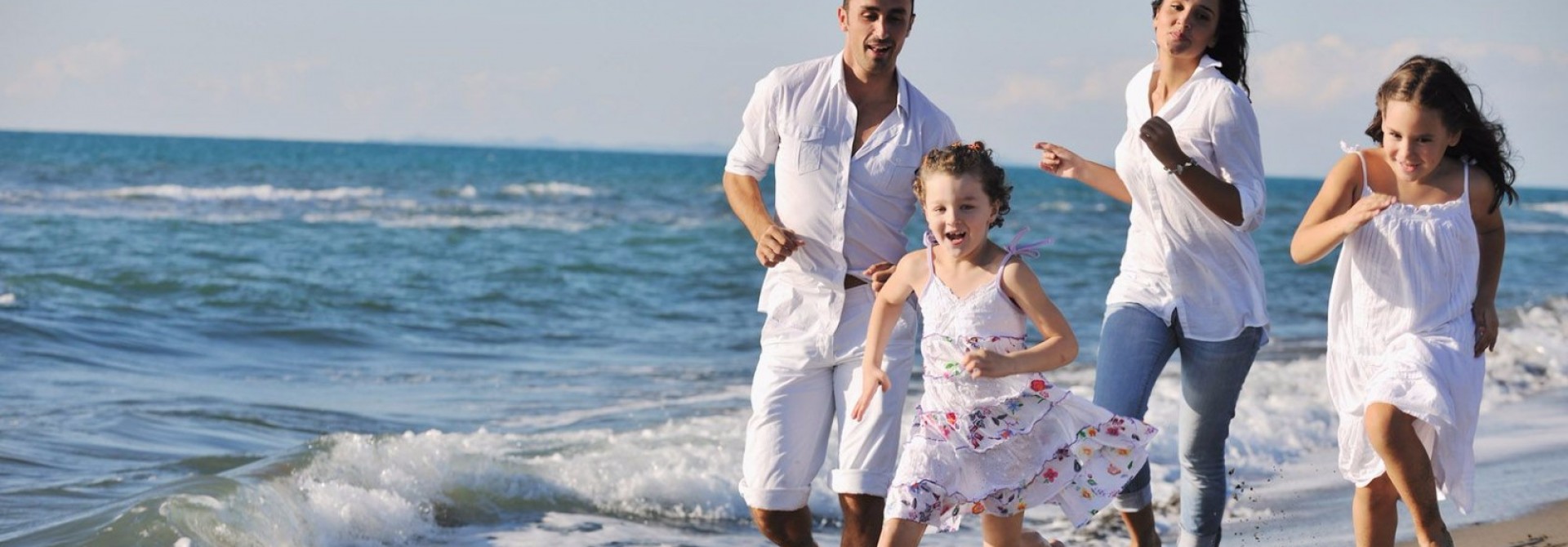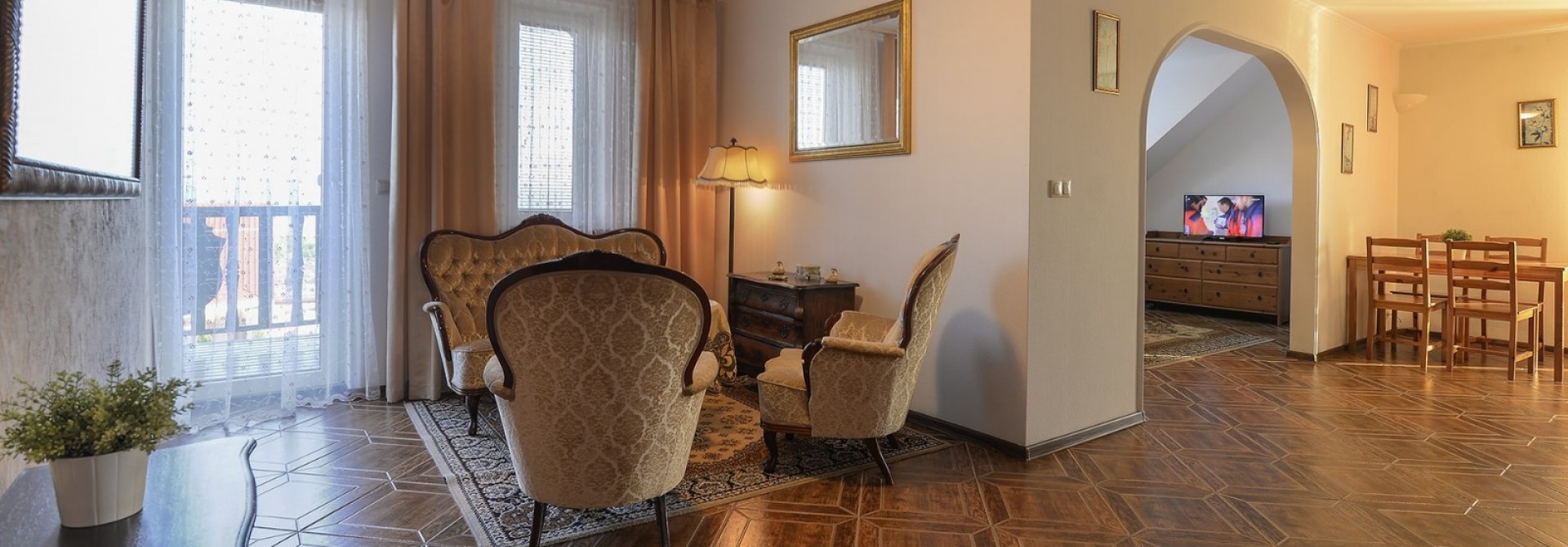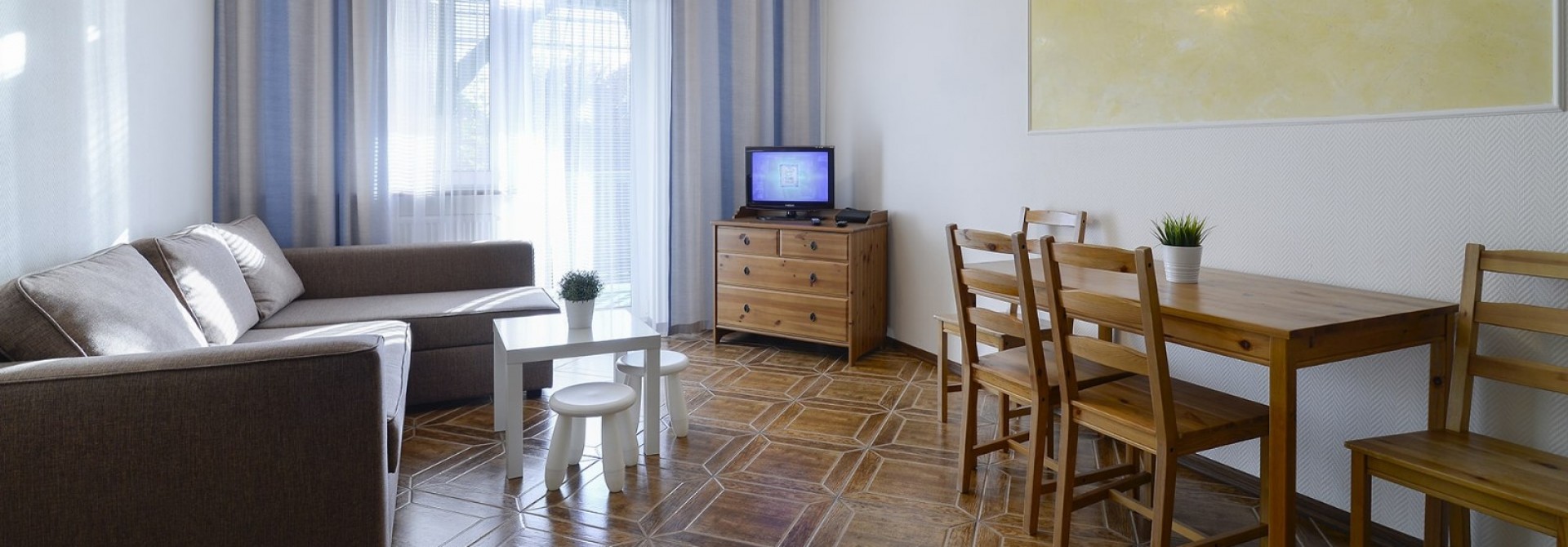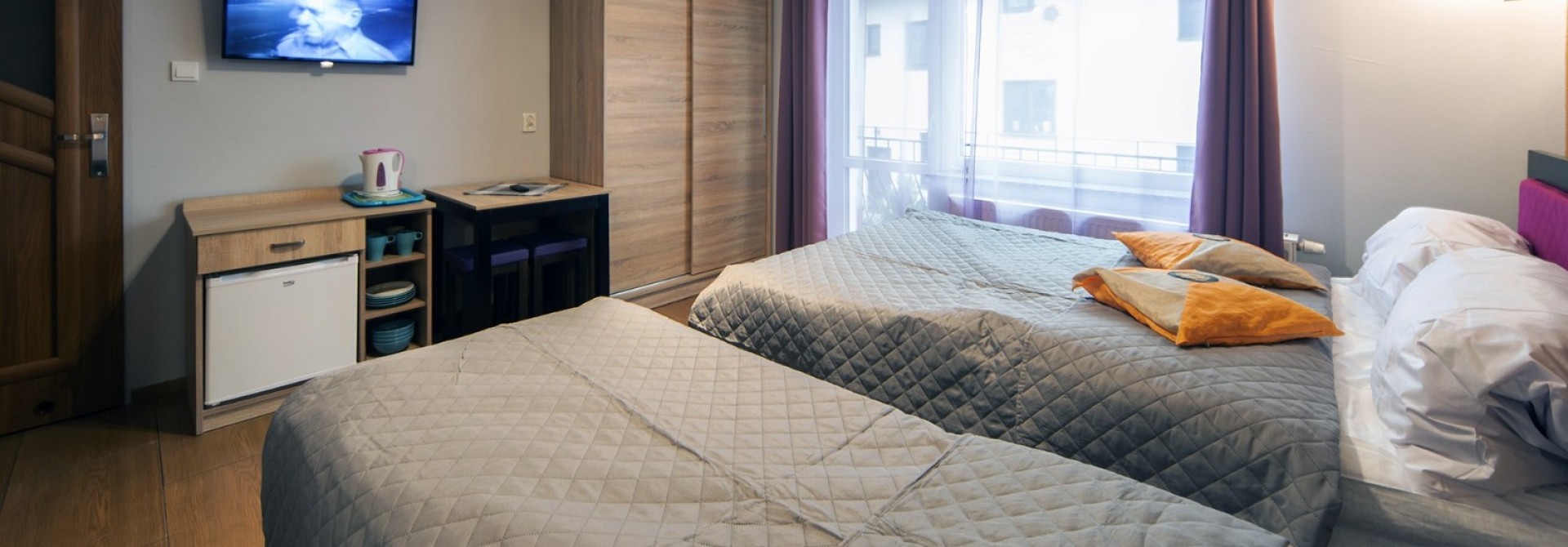Long, sandy beaches - one of the most beautiful, clean, broad beaches of the Polish seaside, with fine white sand caressing your feet - our beach was awarded the Blue Flag Certificate.
The Lighthouse - rebuilt in 1951, offers a picturesque view of the entire Vistula Spit, the Baltic Sea, the Vistula Lagoon and Elbląg Upland. You can't miss a visit to the Lighthouse while staying at Krynica Morska. Don't forget to count the stairs on your way up! The view from the top of the lighthouse is one not to be soon forgotten as you can admire both the open sea and the Vistula Lagoon. The towns of Tolkmicko and Frombork are discernible on the other shore of the Lagoon.
THE FOUNTAIN - a park with a fountain (at Świerczewskiego street) is a great place for a family walk. There are benches for adults to rest on and the playground for children. And right next to the playground there grows 'Benek' (Ben). Benek-the-Oak was planted by the members of the Community of Krynica Morska to commemorate the 1000th Anniversary of the Polish State. In 2004 it was classified as a natural monument. Entertainment for both adults and children: road train rides, ropes courses, an amusement park, water slides, a mini golf course and aqua parks as well as a large number of clubs, pubs, discos ...
STATE BORDER - 12 kilometres east of downtown Krynica, there is a small seaside settlement of Piaski. Only about 3 kilometres further east is the NATO and EU border. The border is closely guarded and crossing it is prohibited. We encourage you to take a walk to the border because both the path through the forest and a stroll along the beach will be an aesthetically pleasing experience. You can also see the destructive effects of the waves. Don't forget to climb the vantage point from which you can admire a beautiful panorama of the Vistula Lagoon and the Cathedral of Frombork. Just a short distance before Piaski, there is a nude beach and this year naturists will surely visit these out-of-the-way coastal places.
CORMORANT AND GREY HERON RESERVE AT KĄTY RYBACKIE - It was established in 1957 and covers the area of 10.8 hectares (approx. 27 acres). It was created as an ornithological reserve with view to protecting the breeding sites of the black cormorant and grey heron. The pine treas growing in the Reserve are 100-120 years old. All visitors to the nature reserve are usually very impressed by this site so why not go and see it for yourself. The reserve in Kąty Rybackie is one of the largest in Europe; there are about 700 nests on the tops of 100-year-old pines. The protection of the black cormorant was successful and resulted in a rapid growth of its population.
"THE SCARP"- about 9 kilometres past Krynica Morska in the direstion of Piaski (2 km before Piaski) on the side of the Vistula Lagoon, there is a great vantage point overlooking the Lagoon and Elbląg Upland. The locals of Piaski usually call this place "the Scarp". It is a truly unusual place where you can observe the destructive forces of the waters of the Vistula Lagoon. Year by year, the slope is being washed away and a piece of land is taken by the water. It is worth visiting this place as you may run across some species of interesting birds, cormorants and cranes in particular. In the fishing port on the Vistula Lagoon you can see fishermen at work.
BEECH TREES RESERVE OF THE VISTULA SPIT - The reserve is located about 0.8 km south of the Przebrno-Krynica Morska Route (Pedestrian Amber Trail). It was established in 1962 in Przebrno and encompasses an area of 7 hectares (about 17 acres) in order to protect the natural stand of 150-year-old beech trees. In the park, apart from beech trees, you can find the pine, spruce, hornbeam and black alder as well as some introduced tree species like Weymouth (Eastern white) pine and European larch. The forest is also home to the rowan, alder buckthorn, warty birch and downy birch.
THE STATE MUSEUM STUTTHOF - situated just past the village of Sztutowo. On the grounds of the museum you can see the structures of the former Nazi concentration camp: prisoners' barracks, a gas chamber, a crematorium, a barbed wire fence and guard towers. The Stutthof Concentration Camp was established on 2 September 1939. It was the oldest Nazi concentration camp in Poland. Approximately 65,000 people from 28 European countries died here during World War II. The museum features the Monument Fight and Martyrdom by sculptor Wiktor Tołkin, built in memory the victims of the Nazi concentration camp. The monument was unveiled on 12 May 1968 during the great popular manifestation to commemorate the 23rd anniversary of the liberation of the Nazi camp. The museum is open every day. Admission is free.
















